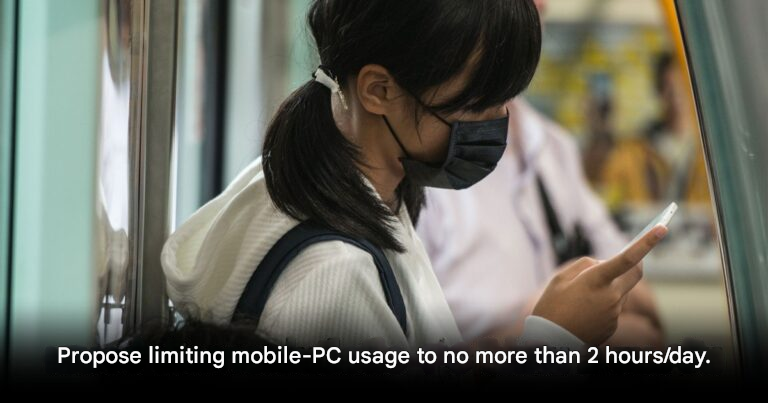Toyoake Proposes 2-Hour Daily Limit on Smartphones and PC Use

An Ambitious Measure to Cut Screen Time in Japan
Issues around excessive smartphone and electronic device use are becoming a global concern. Now, Toyoake City in Aichi Prefecture, Japan, is making waves with a bold proposal. The draft ordinance would limit the combined daily recreational use of smartphones, tablets, PCs, and gaming consoles to just two hours per day. The goal? Protect residents’ health and daily life.
What the Proposed Ordinance Entails

Toyoake, with a population of around 70,000, is set to review the ordinance titled “Ordinance Regarding the Promotion of Appropriate Use of Smartphones and the Like.” This draft applies to all citizens—not just kids or teenagers—and covers entertainment-related screen time only.
The proposal also suggests curfews: elementary school-aged children should stop using electronic devices after 9 p.m., while teenagers and older can continue until 10 p.m. Usage related to schoolwork or job duties would be exempt, so studying or working on computers would remain unaffected.
Mayor Masafumi Koki (56) emphasized that the intention is to raise awareness—electronic devices are useful, but overuse may harm daily routines, health, and family interaction.
Why It Matters—and the Pushback
If passed, Toyoake could become one of the first cities globally to adopt such strict recommendations. The city hopes it could spark broader change in Japan and beyond, as many communities wrestle with screen addiction.
Still, not everyone is onboard. Critics argue that enforcing a two-hour limit—even symbolically—may be unrealistic and infringe on personal freedom. The practicality of monitoring “free-time” screen use across all age groups also raises questions.
Final Thought
Toyoake’s proposed two-hour cap on nonessential screen time is a bold attempt to improve health and well-being in the digital age. It challenges us to reflect on our habits and encourages mindful use of devices—without penalizing misuse. While some may see it as overreaching, it’s an important conversation starter about balance in our tech-centered lives. Watching how this unfolds may offer valuable insights for communities worldwide aiming for healthier digital habits.






